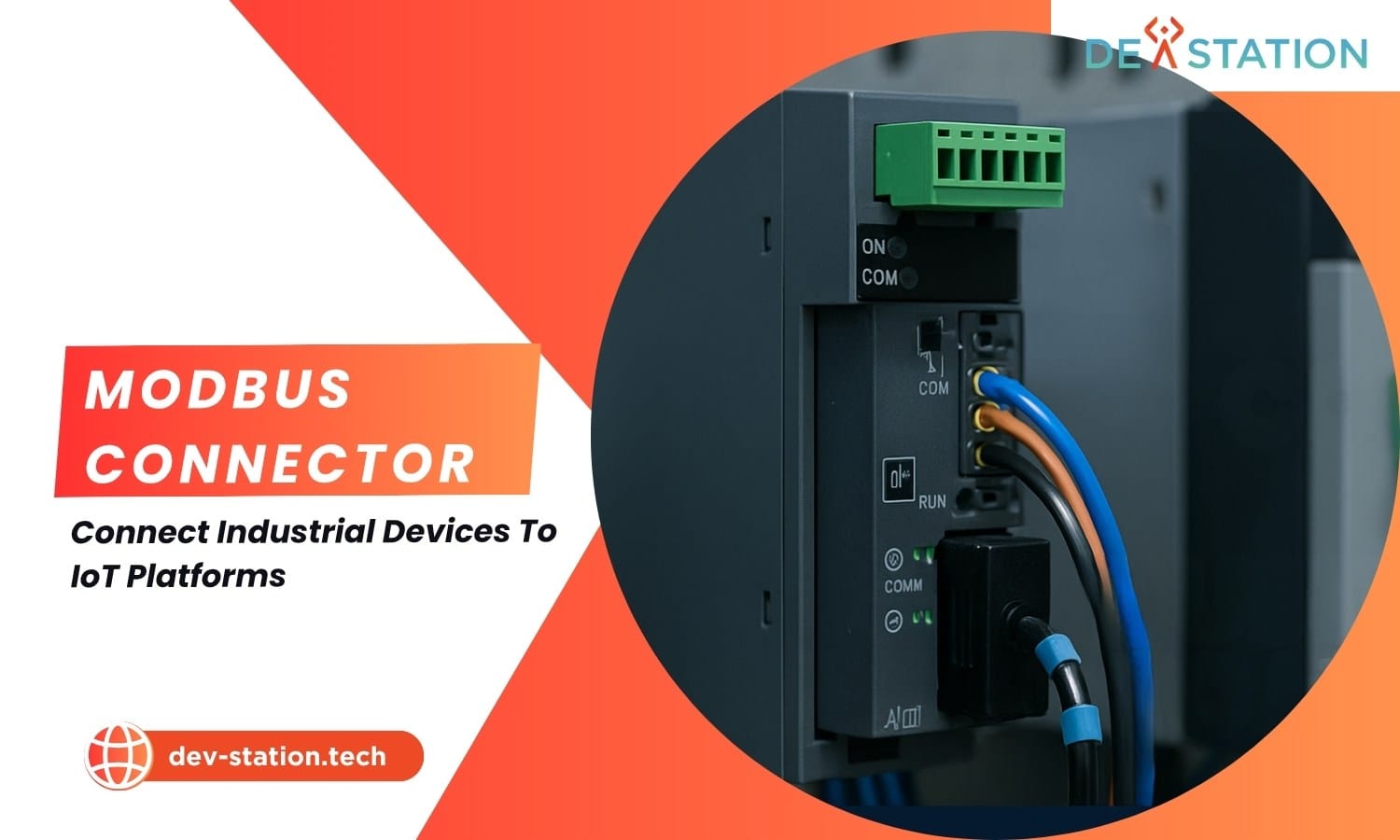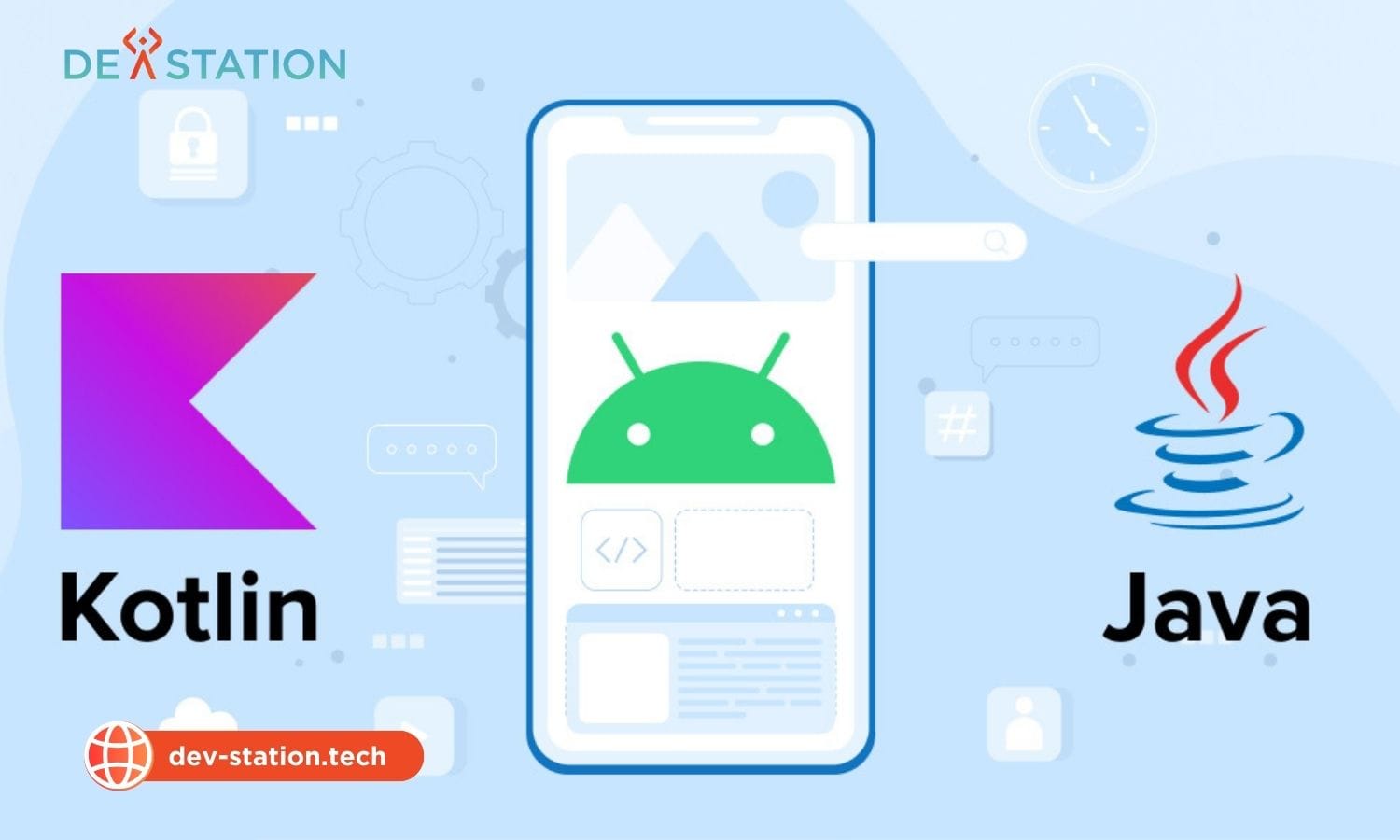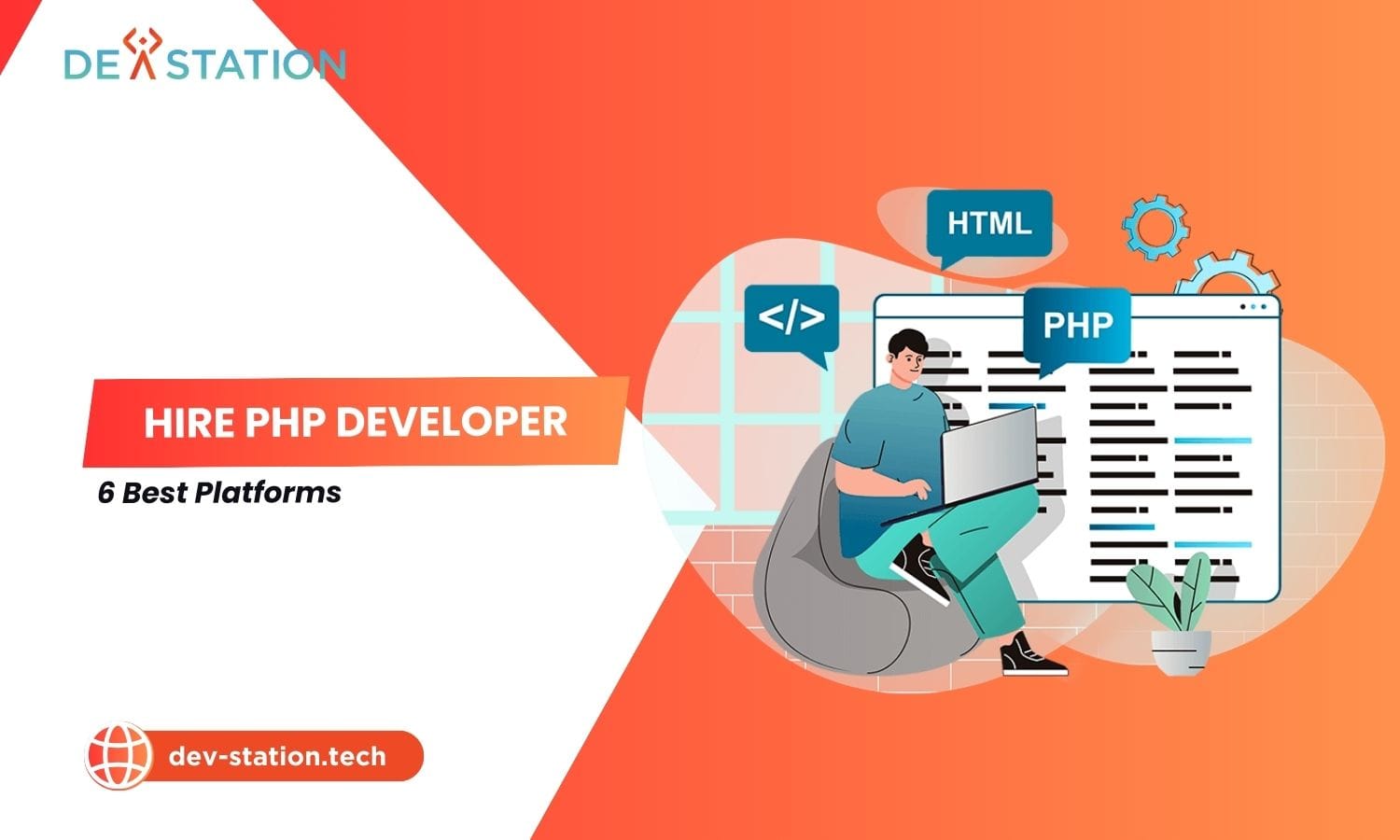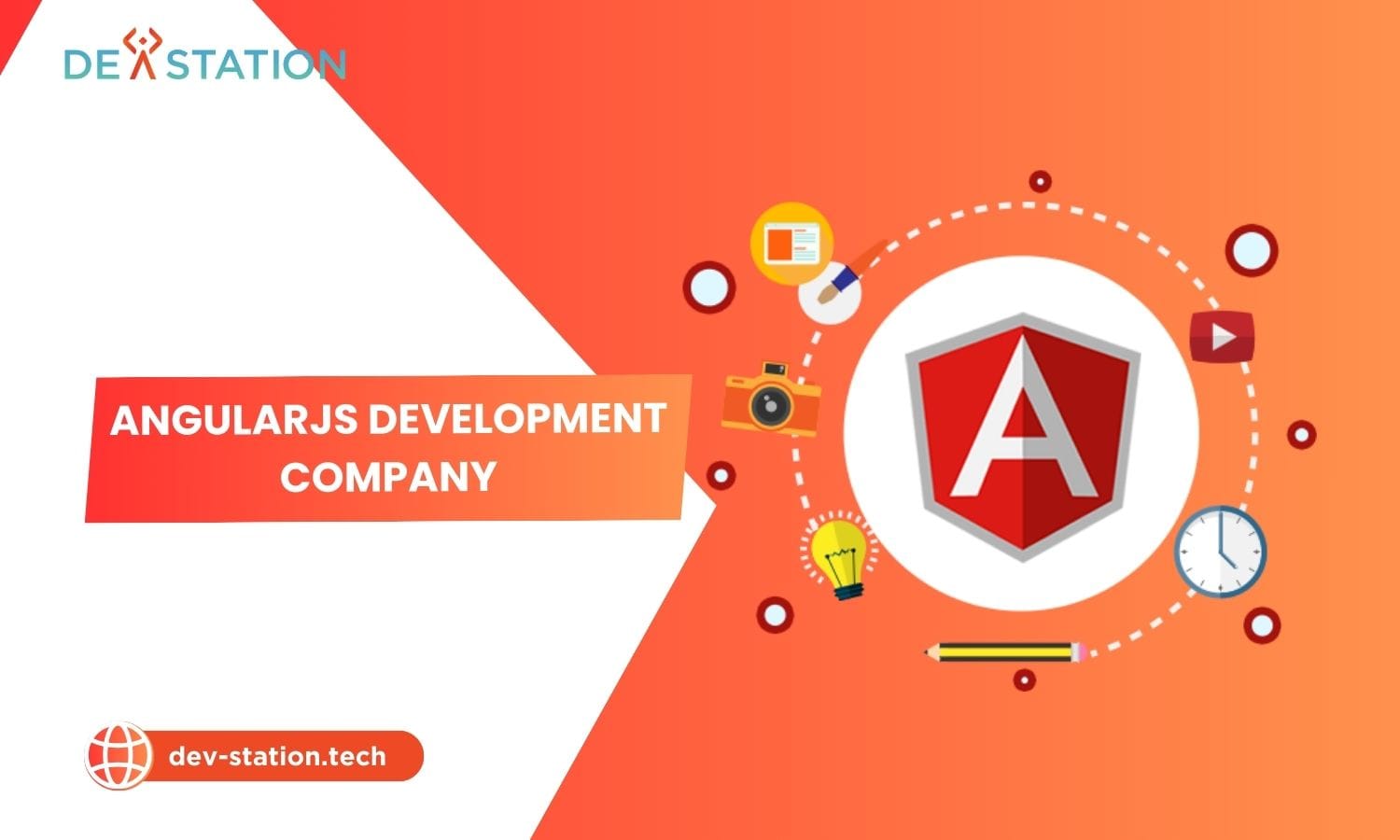A Modbus connector provides the essential link between legacy industrial hardware and modern IoT systems, enabling seamless data acquisition from devices like PLCs for advanced analytics. Dev Station Technology offers robust solutions that simplify this OT-to-IT integration, empowering your business with real-time operational insights. This universal adapter is your key to unlocking data from industrial sensors and equipment.
Contents
ToggleHow Do You Connect Your Modbus Devices in 3 Steps?
Connecting your Modbus devices involves three core stages: selecting a compatible hardware gateway to act as a bridge, configuring the gateway to read data from your devices, and finally, establishing a connection to push that data to your chosen IoT platform.
Integrating industrial assets into a modern IT infrastructure is the cornerstone of Industry 4.0. The Modbus protocol, while reliable and widespread, was not designed for the internet era. Bridging this gap requires a methodical approach that ensures data integrity, security, and scalability. This three-step process demystifies the connection of your operational technology (OT) with your information technology (IT) network, transforming raw machine data into actionable business intelligence.
Step 1: What Hardware Do You Need for a Secure Connection?
The primary piece of hardware required is a Modbus gateway, a device that functions as a sophisticated protocol converter. It translates data from Modbus RTU (over serial communication) or Modbus TCP into a modern protocol like MQTT, which is ideal for IoT platforms.
Your first task is to select a hardware gateway that fits your environment. These devices are purpose-built to bridge the physical and protocol-level differences between industrial machinery and IP-based networks. For instance, if your Programmable Logic Controller (PLC) uses a serial RS-485 connection (common for Modbus RTU), you need a gateway with an RS-485 port. This gateway will poll the PLC for data, cache it, and then transmit it over Ethernet or Wi-Fi using an IoT-friendly protocol.
Consider a manufacturing plant with dozens of Modbus RTU devices. A single industrial IoT gateway can typically connect to up to 32 serial devices. The gateway polls each device sequentially for register data, converts it into a structured format like JSON, and publishes it to an MQTT broker. According to a 2022 ARC Advisory Group report, the market for industrial gateways is expected to grow by over 8% annually, driven by the need for exactly this type of OT/IT convergence.
Step 2: How Do You Configure the Gateway and Software Connector?
Configuration is typically done through a web-based interface on the gateway itself. Here, you define the slave IDs of your Modbus devices, the register addresses you want to read, the data type (e.g., integer, float), and the polling frequency.
This is the most crucial technical step. Once your gateway is physically connected, you will access its configuration panel via a web browser. The key parameters you need to define are:
- Device Definition: Assign a unique name to each Modbus device and specify its Slave ID (a number from 1 to 247).
- Register Mapping: This is where you tell the gateway what data to read. You will need the Modbus register map for your device. For example, to read a temperature value, you might need to read holding register 40001. You will specify the address (40001), the function code (e.g., 0x03 for reading holding registers), and the number of registers to read.
- Polling Interval: Set how often the gateway should request data from the device. This can range from milliseconds to minutes, depending on the criticality of the data. A setting of 5000ms (5 seconds) is common for non-critical monitoring.
- Cloud Connection: Input the credentials for your IoT platform’s MQTT broker, including the server address, port, and security credentials (username/password or certificates).
Step 3: How Do You Integrate With Your IoT Platform?
On the IoT platform, you create a digital twin or representation of your device. You then configure the platform to listen to the specific MQTT topics the gateway is publishing to, parsing the incoming JSON data and directing it to the correct device dashboard.
The final step completes the data pipeline. Within your cloud IoT platform, you will perform a few key actions. First, provision a new device, which generates the security credentials you entered into the gateway in Step 2. Next, you need to configure the platform’s data processing rules. This involves creating a rule that subscribes to the MQTT topic your gateway is using, for example, `iot-gateway/modbus-plc/telemetry`. The platform will receive a JSON payload like `{“temperature”: 25.5, “pressure”: 1012}`. Your rule will parse this JSON and map the `temperature` value to the temperature timeseries field of your digital device. This makes the data available for visualization on dashboards, for triggering alerts, and for long-term analysis. This final step is a core part of effective IoT integration.
What Exactly Is a Modbus Connector?
A Modbus connector is a piece of hardware or software that acts as a translator, allowing devices that speak the Modbus protocol to communicate with systems that use modern network protocols like TCP/IP and MQTT. It bridges the gap between legacy industrial equipment and modern IT infrastructure.
Since its development in 1979, Modbus has become a de facto standard for industrial communication. However, it was designed for simple, local serial networks, not for the complex, secure, and scalable environment of the internet. A Modbus adapter, or gateway, solves this problem. It polls the Modbus device for data from its registers, converts that data into a more usable format (like JSON), and then sends it over a standard IP network. This functionality is essential for any SCADA IoT system that aims to incorporate data from older, yet perfectly functional, equipment. This process is a fundamental part of modern industrial automation.
Why Is Bridging OT and IT with Modbus So Beneficial?
Bridging OT (Operational Technology) and IT (Information Technology) unlocks the vast amounts of data trapped in industrial machinery. This enables real-time monitoring, predictive maintenance, and data-driven optimization, leading to significant improvements in efficiency, safety, and profitability.
Historically, OT and IT networks have been completely separate. The OT network consists of the hardware and software that directly monitors and controls industrial equipment, while the IT network handles business data. By using a Modbus gateway to connect these two worlds, companies can achieve remarkable benefits. For example, a McKinsey study suggests that IoT-driven predictive maintenance in factories can reduce equipment downtime by up to 50% and maintenance costs by up to 40%. This is only possible when the operational data from a Modbus-enabled machine is made available to the analytical software running on the IT network.
What Are the Main Types of Modbus Protocols?
The two most common variants are Modbus RTU, which is a binary protocol used over serial communication links like RS-485, and Modbus TCP, which encapsulates Modbus commands within TCP/IP packets for use over standard Ethernet networks.
Understanding which protocol your device uses is critical for selecting the right gateway. Here is a brief comparison:
| Feature | Modbus RTU | Modbus TCP |
|---|---|---|
| Physical Layer | Serial (RS-232, RS-485) | Ethernet |
| Data Format | Binary | TCP/IP Packets |
| Common Use Case | Direct connection to legacy PLCs and sensors | Industrial Ethernet networks |
Many other protocol integrations exist, such as OPC UA integration, which serves a similar purpose in more modern industrial settings.
Why Choose Dev Station Technology for Your Integration Needs?
Dev Station Technology specializes in bridging the gap between industrial equipment and modern cloud platforms. We provide expert guidance and robust solutions to ensure your data integration projects are successful, secure, and scalable from day one.
Navigating the complexities of industrial protocols, network security, and cloud architecture requires specialized expertise. At Dev Station Technology, we have a proven track record of helping businesses unlock their operational data. Our team understands both the OT and IT worlds and can provide an end-to-end solution, from selecting the right hardware to configuring your cloud dashboards.
We believe in empowering our clients with the tools and knowledge they need to succeed in the era of Industry 4.0. If you are ready to transform your operational data into a competitive advantage, we encourage you to learn more about our services.
Contact Dev Station Technology today to discuss your project. Visit our website at dev-station.tech or email us at sale@dev-station.tech for a consultation.





